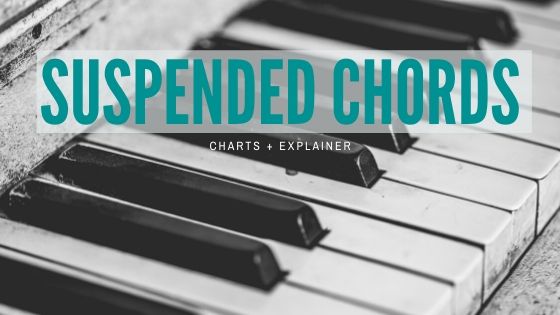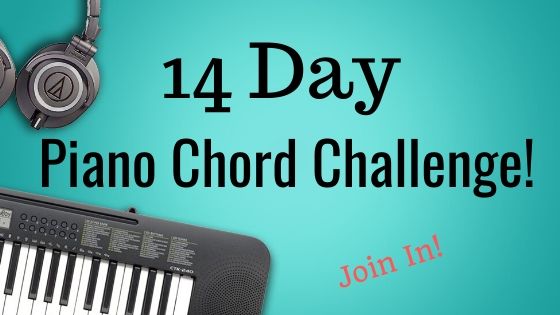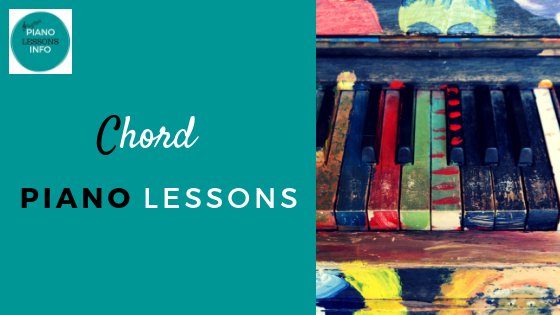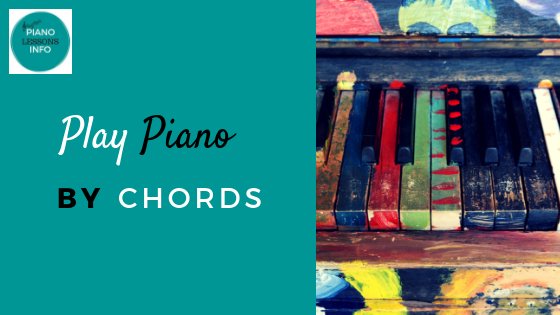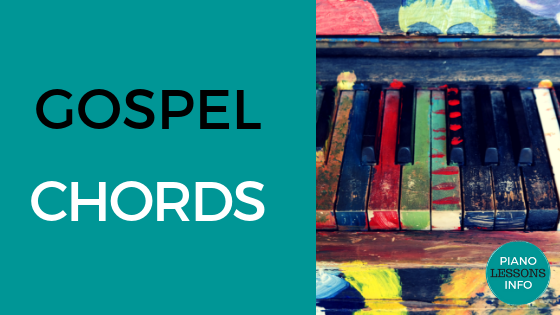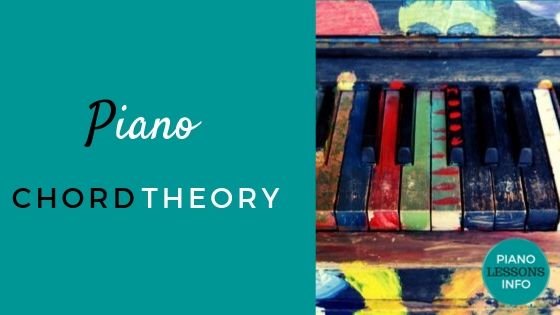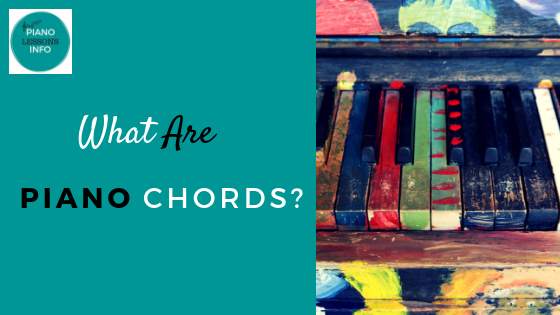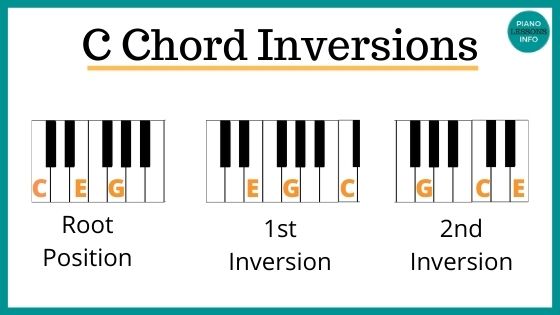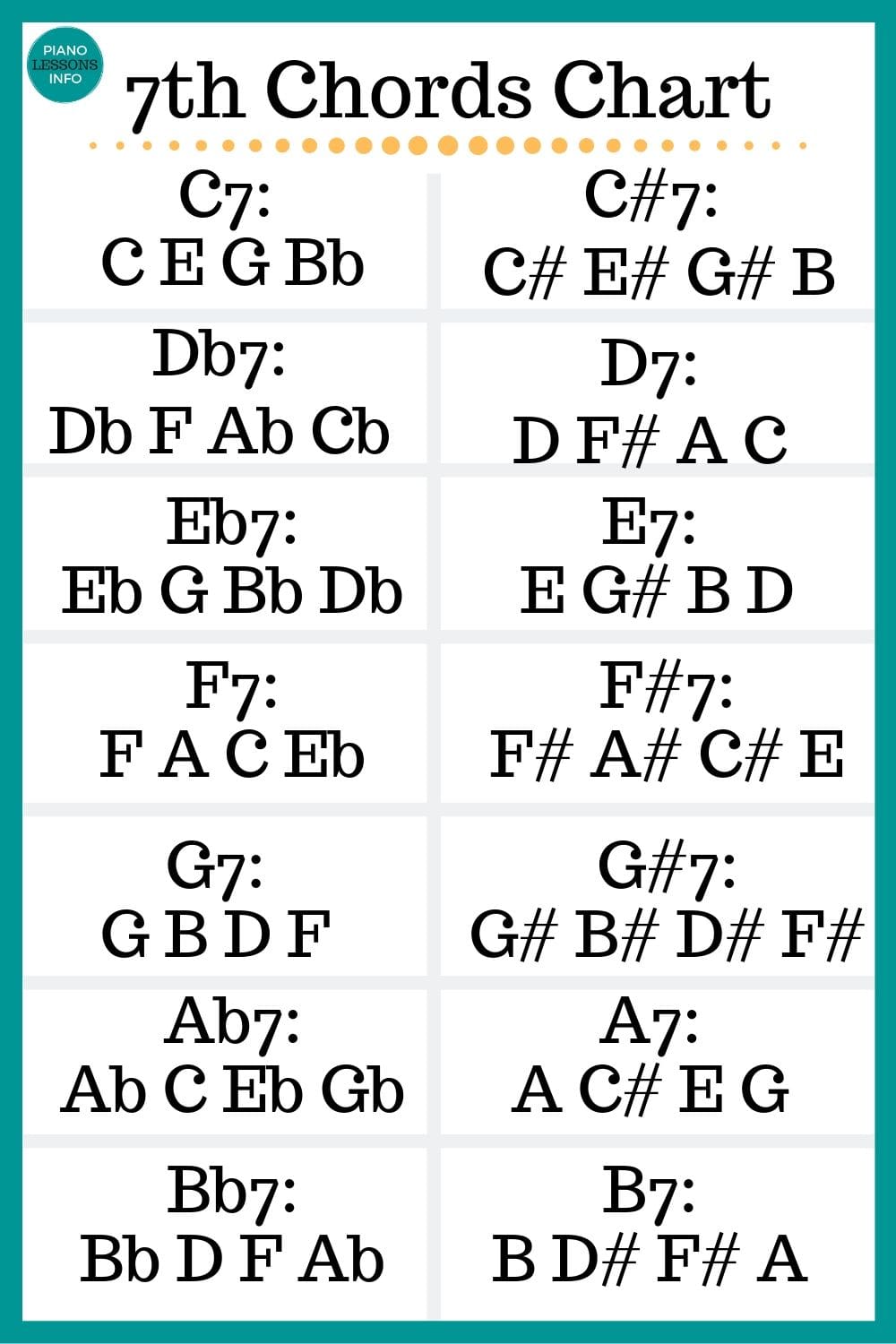Capo & Piano Chords: What It Means
If you've been playing chord sheets and found a chord and lyric sheet you may wonder what the capo is and how it applies to playing piano chords.
Here we'll go into what it is, how it's used, and what you need to do (or don't need to do) if you should come across this.
Video Explainer: Capos and Piano Chords
What Is A Capo?
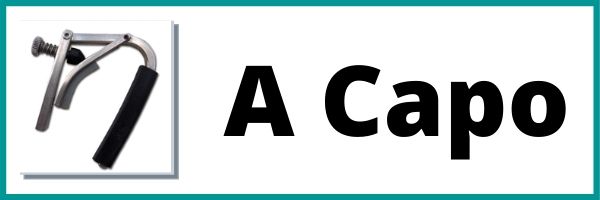
A capo is a little metal gadget that you can hook onto a guitar. The purpose of it is to easily change the key of the music a guitarist is playing.
The main reason guitarists I know use a capo is to play chords that they are more familiar with or ones that are just plain easier to play.
So what does this do with piano?
Not much if you're not playing music with a guitarist.
But if you are playing with a guitarist, this will change things for you.
What To Do If You See A Capo Note
If you find a chord sheet that says to play with a capo but you are playing the piano and playing by yourself, you don't actually need to do anything. This note doesn't apply to you but to guitarists.
If you will be playing with someone else who will be using a capo, you will need to change what you're playing to match them. They will be playing in a different key than you'll have in front of you.
If you are ever playing piano for church and playing with a guitarist, you'll definitely run into this!
What A Capo Does (and what this means for piano chords)
A capo changes the key that a song is played in.
For a guitarist, they can play a C chord shape but actually be playing a different chord by using the capo - like a D or Eb chord.
A capo is placed on a fret. A fret corresponds to one semi-tone on the piano.
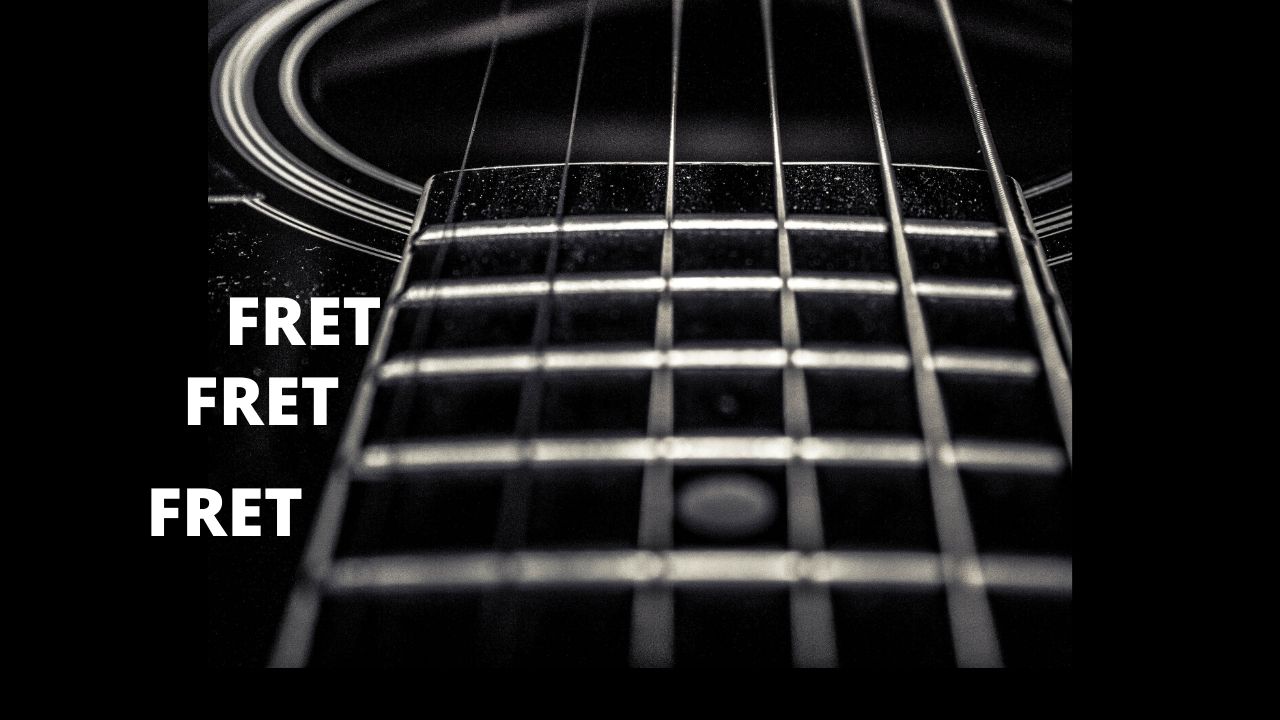
If you see a note that says something like, "capo = 2" or "capo 2", the 2 or the number you'll find is referring to frets or semi-tones.
The 2 means you need to move up 2 semi-tones on the piano and play chords starting there instead of the chord listed.
For example, if your first chord for a song is C and someone you're playing with is going to use "capo 2", this means you need to transpose your music up 2 semi-tones.
The song you're now playing is not going to have C chords but D chords. (C - C# - D - we've moved up 2 semi-tones from C.)
All the chords you're playing will need to move up 2 semi-tones and you'll need to play all your chords this way.
My Top Tip for Playing A Chord Sheet in a Different Key
One of the main things I do when I need to match what a guitarist is playing but have chords written in a different key is this.
I write the chords in on the same page but in a different colour. This works well if you remember to play the chords in this colour. :D
Otherwise, you'll just need to re-do your chord sheet so that everything (all your chords) is listed in a different key. It is possible to find songs online in all sorts of keys, so that can be worth a search.
Have A Transpose Button?
If you're playing a keyboard that has a transpose button, you can use this instead of transposing the chords you're playing.
All you need to do is press the transpose up button as many times as the capo says. Capo 3 means you'd transpose your keyboard up 3 (for 3 semi-tones).
Pro tip: remember to put it back down again after!
In Summary:
Capos are for guitarists.
If you're playing with a guitarist using a capo, you'll need to transpose your music.
However many number of frets a guitarist moves up, you move up semi-tones on the piano.
You'll be playing different chords than what is listed on your lead sheet / chord sheet (and may want to write them in).
Free Download:
Ultimate Chord Cheat Sheet

Subscribe below and get free access to the (printable) Ultimate Chord Cheat Sheet.
Recent Articles
-
Piano Notes Chart
Nov 20, 23 10:21 PM
Find a piano notes chart for treble clef and bass clef notes as well as the different types of notes. -
D Chord on Piano + Diagram, How To & Theory
Oct 24, 23 12:20 AM
Learn how to play the D chord on piano with diagram, fingering, D/A, D/F# and a theory explainer. -
Diminished Piano Chords: Chart & How to Make Them
Oct 09, 23 09:23 PM
Learn the different diminished piano chords and how to make them. Here you'll find both a diminished chord chart and an explanation.
Free Download:
Ultimate Chord Cheat Sheet

Subscribe below and get free access to the (printable) Ultimate Chord Cheat Sheet.



